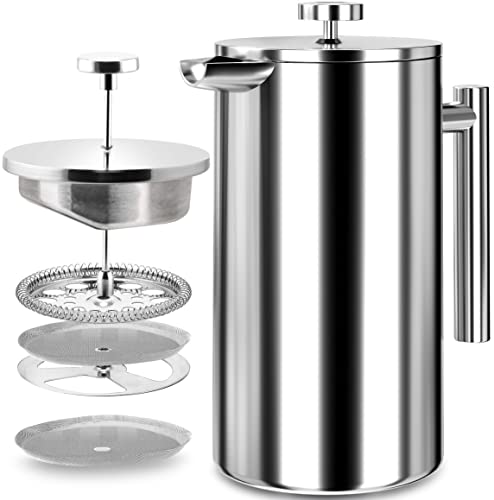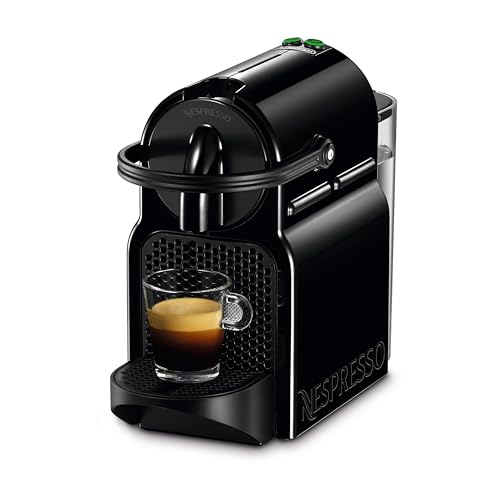 Buying a Coffee Machine For Home
Buying a Coffee Machine For Home
If you're buying a coffee maker for your home, it is worth investing in accessories, such as pads for tamping and set coffee scoops. You'll need to stock your milk and beans.
This semiautomatic blends milk frothers with the user-friendly assisted dosing feature and tamping of the 2022 Barista Touch Impress for a sleek design that takes the coffee you make at home to new levels. It's also smart, since it can be connected to Alexa and uses geofencing.
Filter coffee machines
Filter machines are likely to be the most used coffee makers for use at home. They heat water, then allow it to pass over ground coffee machines professional before returning it to the pot. This creates an extremely smooth and strong concentrate that is diluted in the carafe that is separate from it. These coffee makers are generally simple to operate, and they typically come with a glass pot that can hold a large number of cups at once and is ideal for those with large families or friends. They also have less expensive price tags than other models, which can make them an ideal choice for those who are on a tight budget.
The majority of these have a compartment for the ground uk coffee makers, and the tube is positioned to rise from the bottom of the container. The water is heated by a resistive element as well as an aluminum heating tube and then passes through the coffee grounds before it drips down into the pot below. The reservoir typically holds plenty of water, and it can be filled again to continue the process.
Many coffee makers feature a one-way valve that stops the cold water from mixing with the heated water. This reduces energy waste and keeps the water warm for a longer amount of time. These machines are also equipped with a heating plate made of steel which helps keep the water warm for a long period of time.
If you're using a filter machine for your coffee, then you'll need to determine the ideal amount of ground coffee and place it in the filter prior to starting the Coffee machines prices brewing process. Most of these coffee makers require a ratio of around two tablespoons of ground coffee for each six ounces of water. However, it is always recommended to read the manufacturer's instructions before deciding on a specific ratio.
Once you've added the ground coffee and water to the tank It's best to let it settle for a couple of minutes so that the coffee can expand and bloom and the beans release their aroma and flavor. Pour the remaining water in a circle over the grounds of coffee and wait for it to complete making.
Like other coffee machines, filter coffee makers can occasionally experience issues. It is important to keep them clean to prevent the build-up of hard water deposits and other contaminants, which can cause a blockage in the tubes and affect the flavor of the coffee produced. Cleaning should be simple and quick as most of the components can be cleaned in the dishwasher. It's important to clean the tube that connects the aluminum heating tube with the cold-water pipe on a regular basis. You can try running vinegar through your coffee maker before you make any other repairs.
Espresso machines
Espresso is an incredibly popular coffee drink that has enjoyed an increase in popularity over the last decade or two. Many people enjoy brewing their own espresso at home. You can find an espresso maker virtually everywhere. The espresso machines you can use at home may not be as powerful or big like those used in restaurants however they are still operating with the same basic principles. This means that you can learn to master the brew and create various espresso drinks.
A basic espresso machine for home use will comprise a portafilter, a heater and a valve that can let steam out. When you switch on the machine, it will start heating water to the ideal temperature to make espresso. When the water is hot you can pour your espresso into the basket and then tamp it down. Then, you'll attach an espresso filter and portafilter lid to the machine and push water through the coffee grounds with a pump. The pressure created by the water pushing through the grounds produces a strong shot of espresso. You can then add milk to your beverage to create a cappuccino, macchiato, or the latte.
 When you buy an espresso maker, you should also think about buying a grinder for your beans as well as a milk frother if you are planning to make lattes and cappuccinos. You'll also require espresso cups and a machine-cleaning brush. It is also possible to require an tamping pad for your portafilter.
When you buy an espresso maker, you should also think about buying a grinder for your beans as well as a milk frother if you are planning to make lattes and cappuccinos. You'll also require espresso cups and a machine-cleaning brush. It is also possible to require an tamping pad for your portafilter.
You can also use your espresso machine to make different types of coffee. But, be aware that the process may take longer and that your results will be less than optimal. For the best home coffee maker results, you should use an espresso-specific coffee that is labeled for espresso making.
The size of the boiler and the pressure level in your machine can affect how your drinks taste. In general, larger machines have larger boilers that will make more drinks in a shorter period of time. They also make espressos that are stronger with a higher pressure.
Some machines feature an automatic piston-and-spring design that lets you control the force with which you push water through the ground. This allows you pull espresso with the desired consistency and strength. Modern machines employ electric pumps that have the rotary vein technology instead of valves that rotate to get the desired flavor and consistency. These are called semi-automatic espresso machines. They provide a bit more control for the barista at home than automatic machines, but do not allow you to control every aspect of the brew like you would on a professional espresso machine. They are still simple to use and can produce excellent coffee.
Bean-to-cup machines
Like its name suggests, a bean-to-cup machine is an espresso maker with an integrated grinder and the most important component, the brewing unit. The bean-to-cup machine will grind your beans and then tamp them down. The brewing unit will heat the water to brew the coffee. After the coffee is brewed coffee machine, used grounds will be ejected automatically into an internal waste bin. You can also add some milk if you want.
A lot of bean-to-cup machines come with a built-in self cleaning system that flushes the machine with hot water after every use. This ensures that any excess coffee does not build up in the pipes, which is typically needed every couple of months. This is a great feature for those who drink a lot coffee and need to keep the machine as clean as it can be.
Some bean-to-cup machines don't have a milk frother at all, for those who are happy to add milk by hand from a jug or to splash some in with a cafetiere. If you have guests seeking a cappuccino or Latte, however you'll have to consider an appliance that is capable of milk frothing. Almost all bean to cup machines that can froth milk will come with what's known as the Panarello wand, which is a sheath that is fixed to the steam pipe. It is only removed when you're making a latte or cappuccino. If you're keen to make a great foam, we recommend one of the top coffee makers that have a pro steam wand instead as they're capable of producing more thicker milk froths for old-school cappuccino.
For offices and homes with a lot of traffic, a bean-to-cup machine can be a good option. They're easy to operate, produce high-quality cups of coffee, and can be programmable to be turned on in the morning or before you leave home to ensure that your coffee is ready to go - ideal for those who have a long commute! They can also help you save on the cost of hiring a barista, which is particularly beneficial for businesses that have a high staff turnover.
For more information about our recommended coffee machines, go to the official Loveramics website. You can even use the code "LoveCoffee" at the checkout to get 20% off your purchase! Don't forget to enter our giveaway of a set Loveramics cups to all Coffee Blog readers! Click here to enter. The winners will be announced the 29th of June on Friday.
